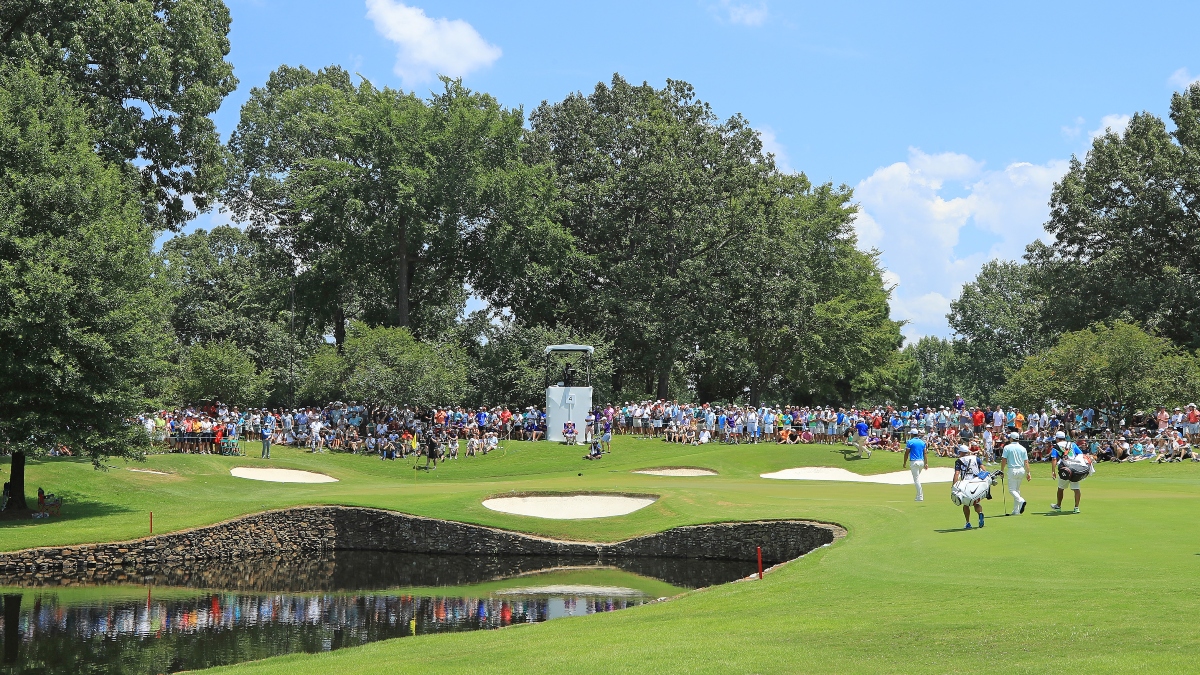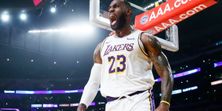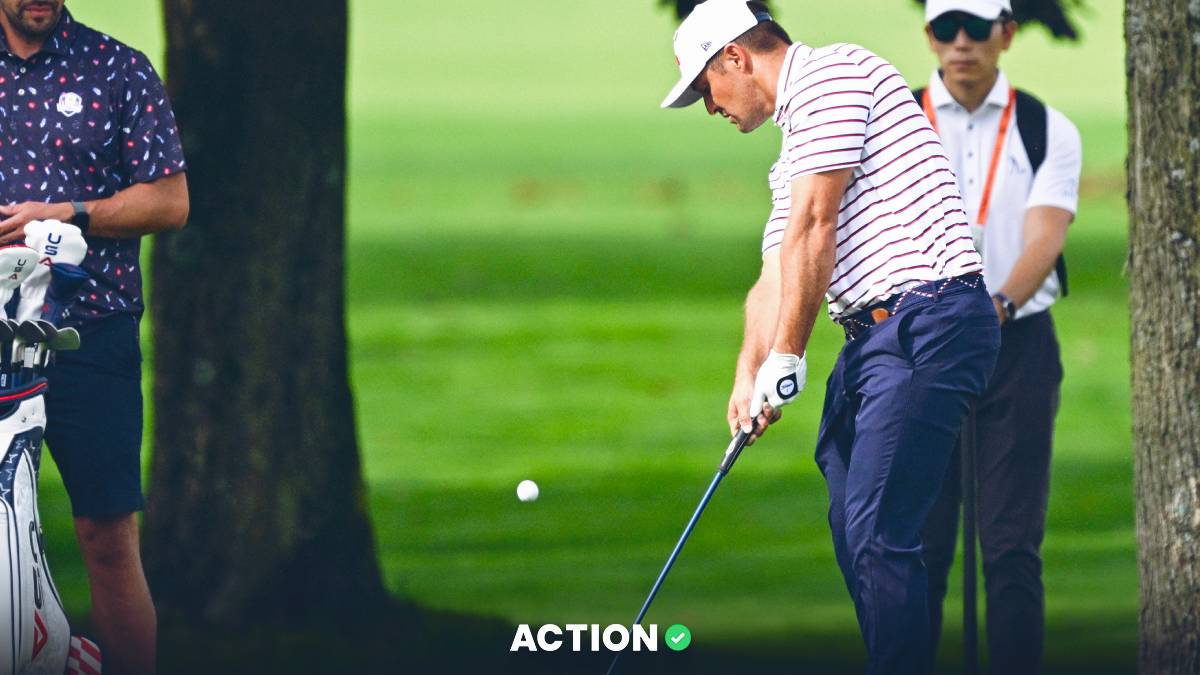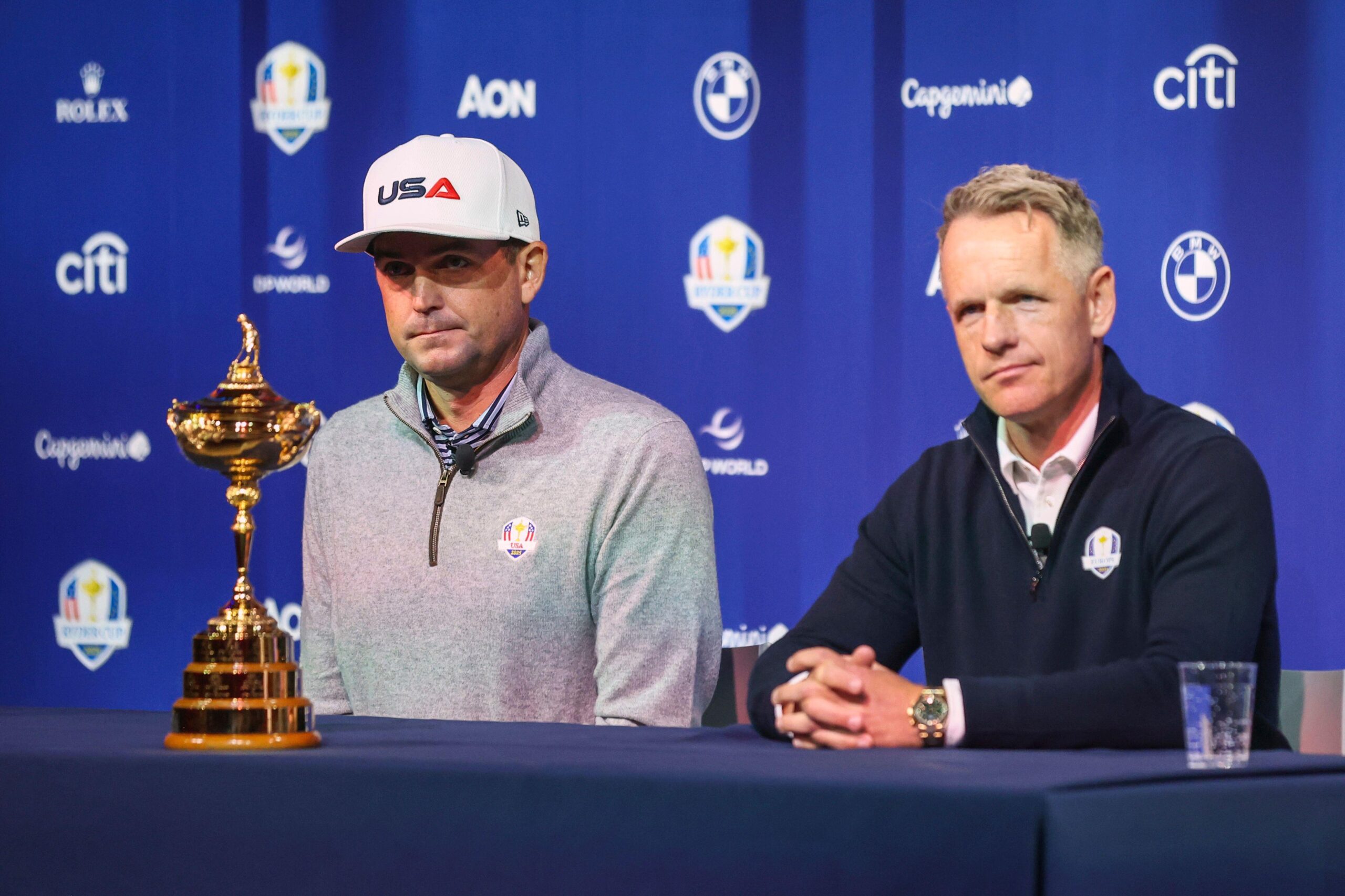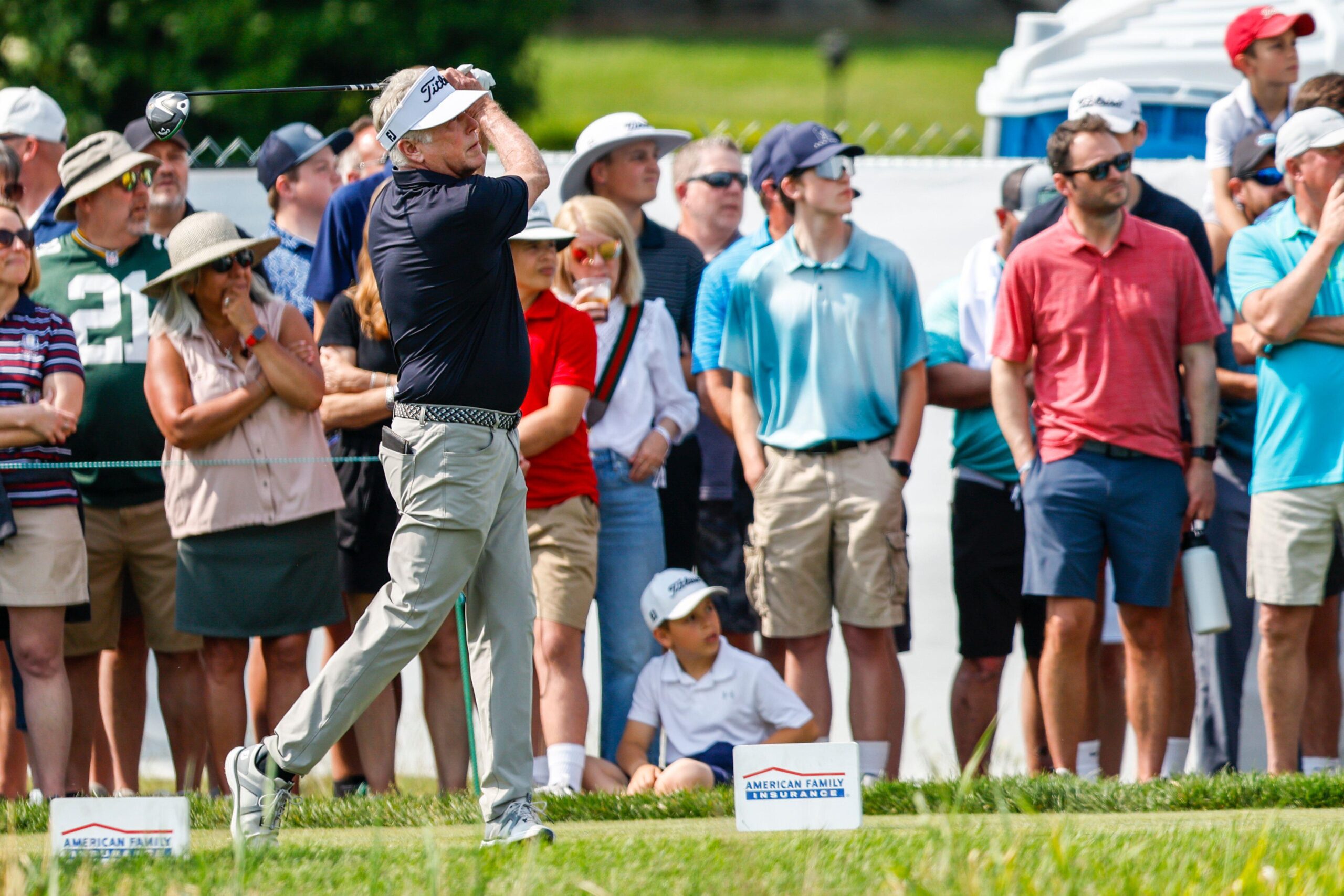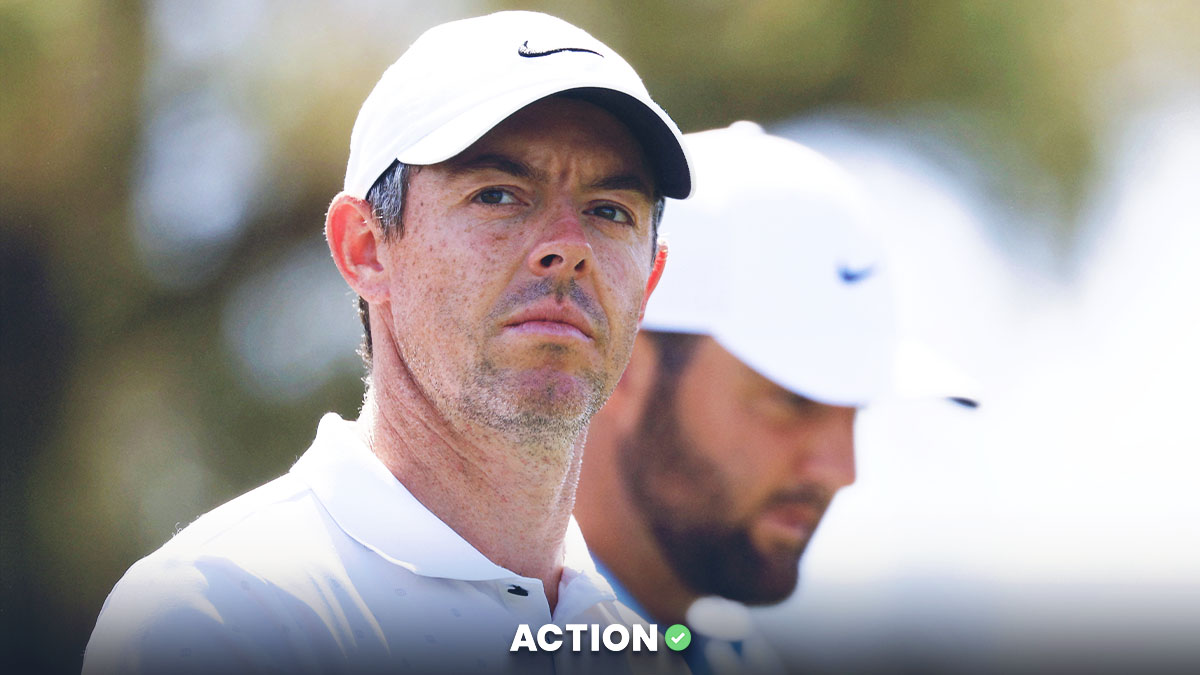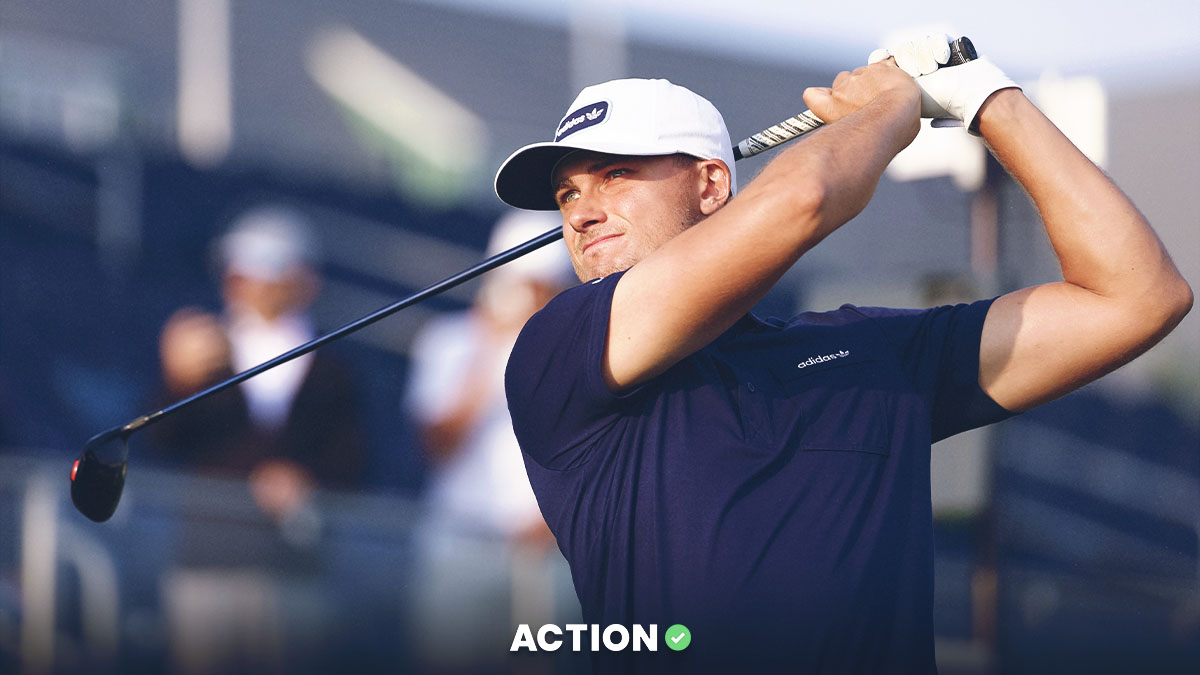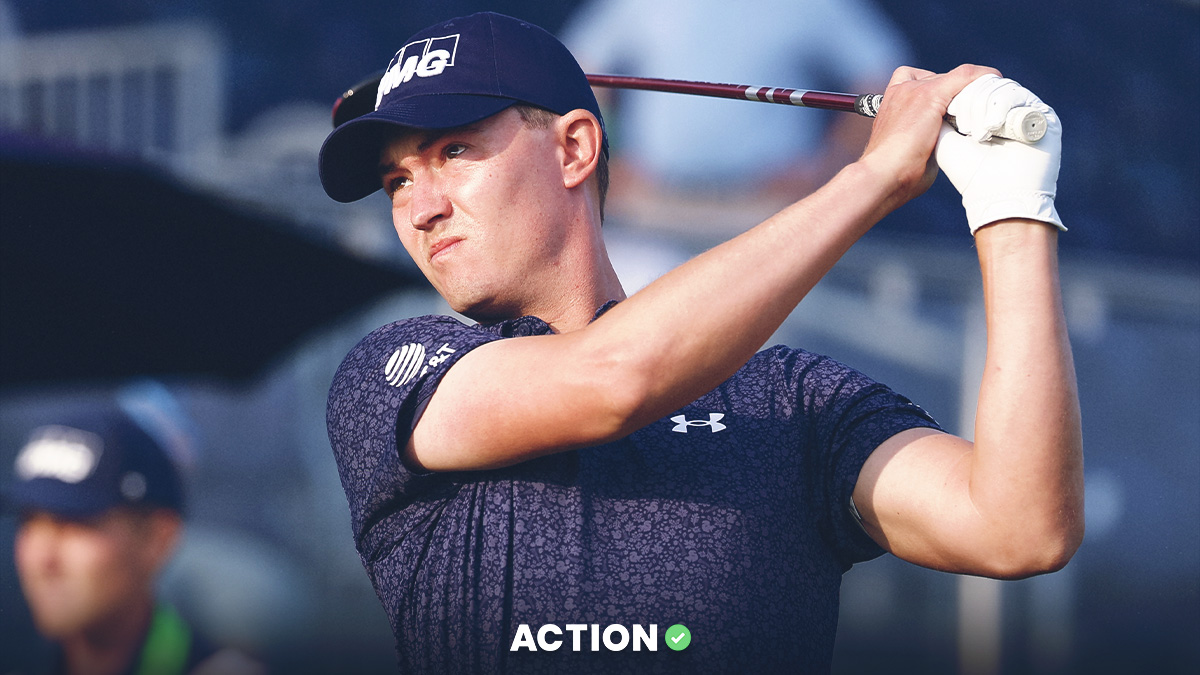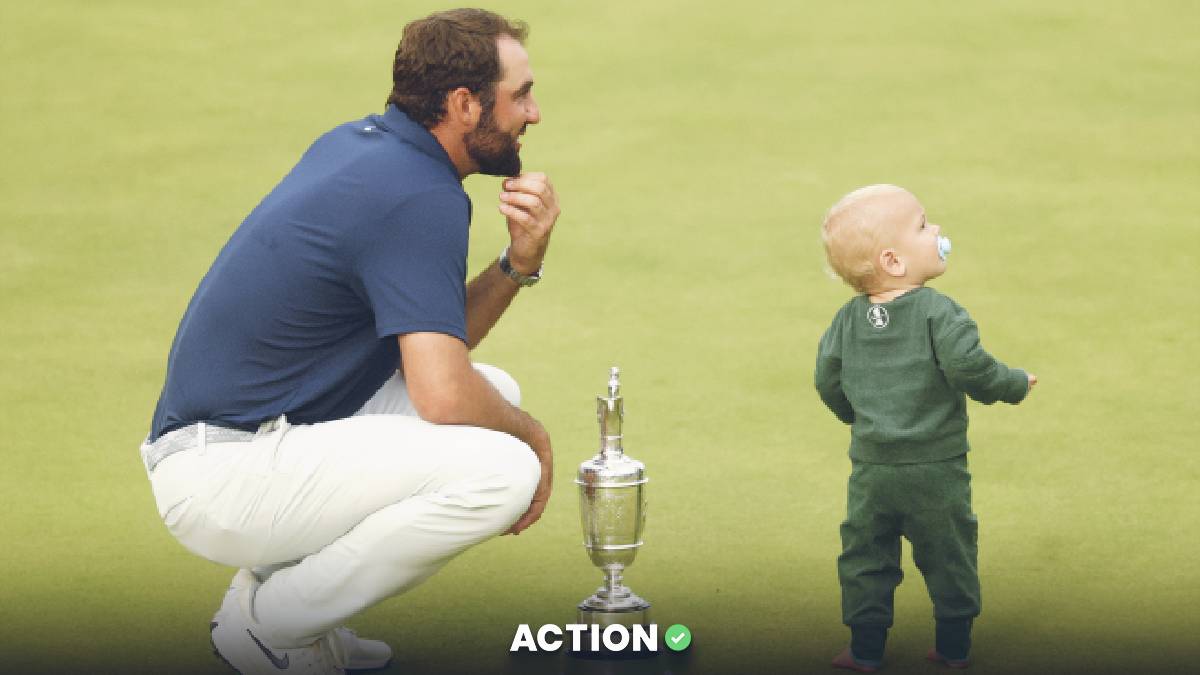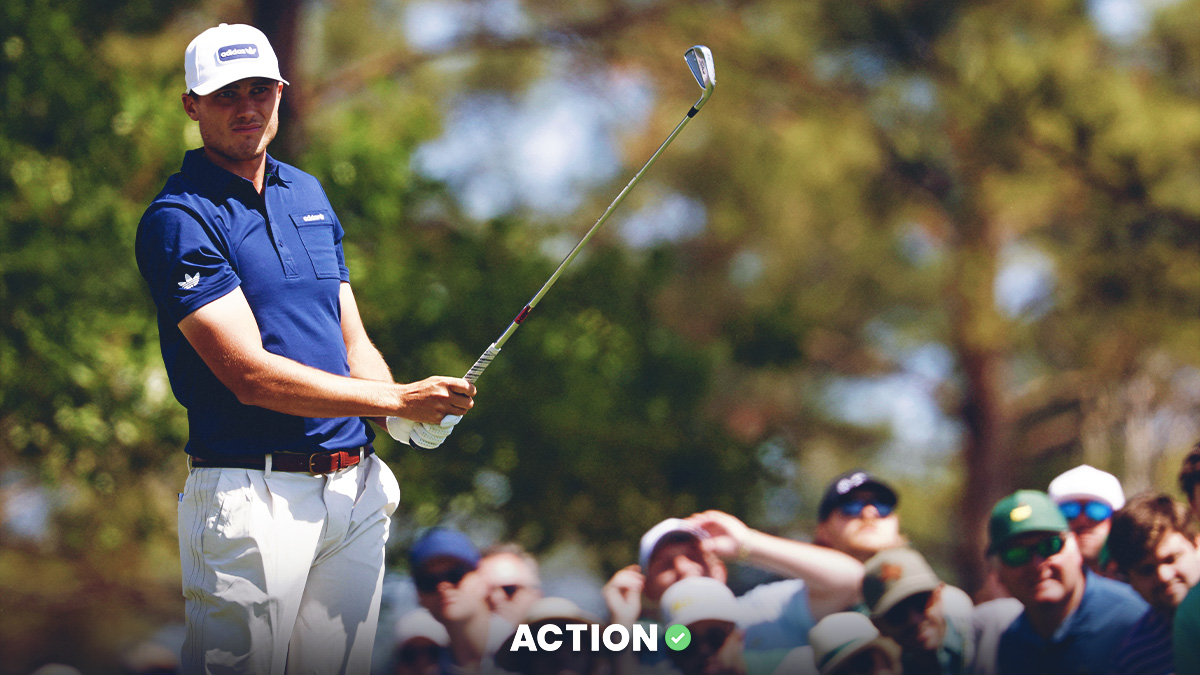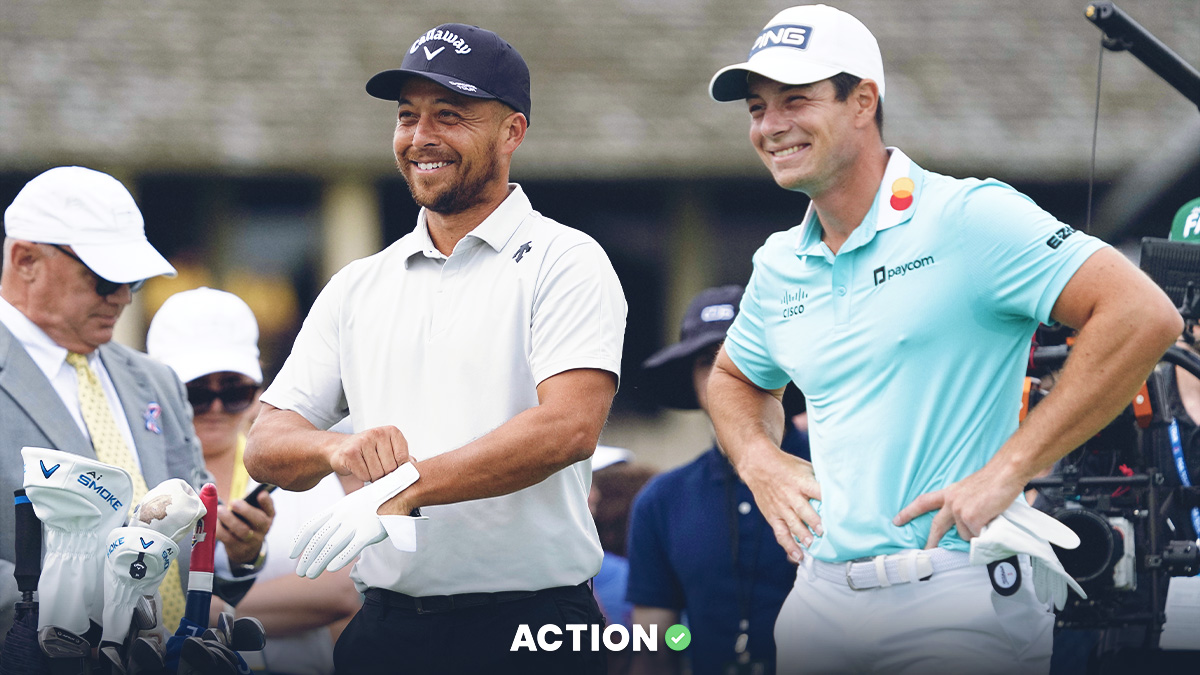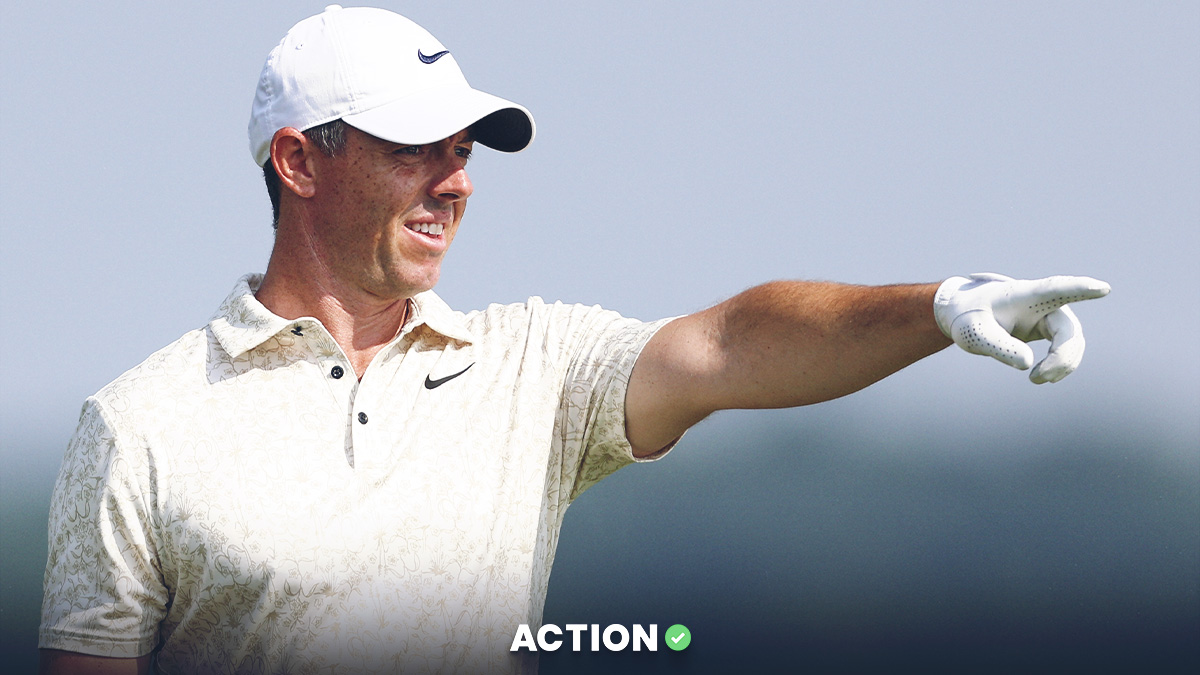The PGA Tour's elite had been dominating since the COVID-19 restart, but a longshot broke through last week at the 3M Open in Michael Thompson.
This week the Tour will head to Memphis, Tennessee, for the second ever WGC-FedEx St. Jude Invitational at TPC Southwind.
Don't worry, though: We have a ton of data given that the course has hosted the St. Jude — without the WGC designation — for a long time. Now it's just a smaller, stronger field with no cut.
Broadly, Southwind is a par 70 course that plays a little over 7,200 yards with water hazards throughout. But let's dive deeper and look into the metrics that have best predicted success at Southwind and what that means for betting and DFS markets.
The Most Predictive Stats at TPC Southwind
Using FantasyLabs data, we can look at how golfers in the 90th-plus percentile for each stat entering this course have historically performed. It measures their performance against a salary-based expectation. And while that might seem like a weird way to go about it, note that DFS salaries in golf are highly correlated with odds to win.
That means we can lean on DFS data and the baseline it provides to measure stats.
A quick note before we dive into specific metrics: Because this event changed to a WGC one last year, there's some disparity between prior years and last — both in terms of the size of the field and the fact that there's no cut, which means that birdie-making will be more important than usual.
But even with the last six years of data combined together, birdie rate has still shown to be incredibly important, ranking as the second-most important metric overall, just behind a golfer's top-10 odds.
And check out where long-term bogey avoidance fell: nearly dead last. That's illuminating because golfers can be quite different in their consistency vs. upside, if you want to call it that.
Jason Day, for example, over the last year has avoided bogeys at a very impressive rate. The problem is that he hasn't really made many birdies; he's mostly played par golf, which is less valuable here.
Contrast that with Jordan Spieth, who over the last year or so has racked up bogeys but has also made birdies with the best of them. Of course, ideally you'd find someone like Patrick Cantlay, who makes a ton of birdies and no bogeys, but that's obviously tough. In general, I'd take some shots on more volatile golfers who can score vs. ones who will just grind out pars.
Other than that, I'd focus on similar golfers to the type I recommended last week: those who excel in Total Driving. If you're unfamiliar with that PGA Tour metric, it just combines Driving Distance and Driving Accuracy. Given the water on this course, both will be very important.
Sure, distance off the tee will help, but you're not gaining strokes if you're spraying drives off the fairway — especially with water hazards around. The golfers who are consistently able to hit it long and straight — what a concept! — will do the best here. In fact, it's probably OK to sacrifice a little distance in order to gain accuracy — those metrics can often be inversely correlated.
Among the golfers who have excelled in that regard this season include Paul Casey, Jon Rahm, Dustin Johnson, Bryson DeChambeau and Daniel Berger.


